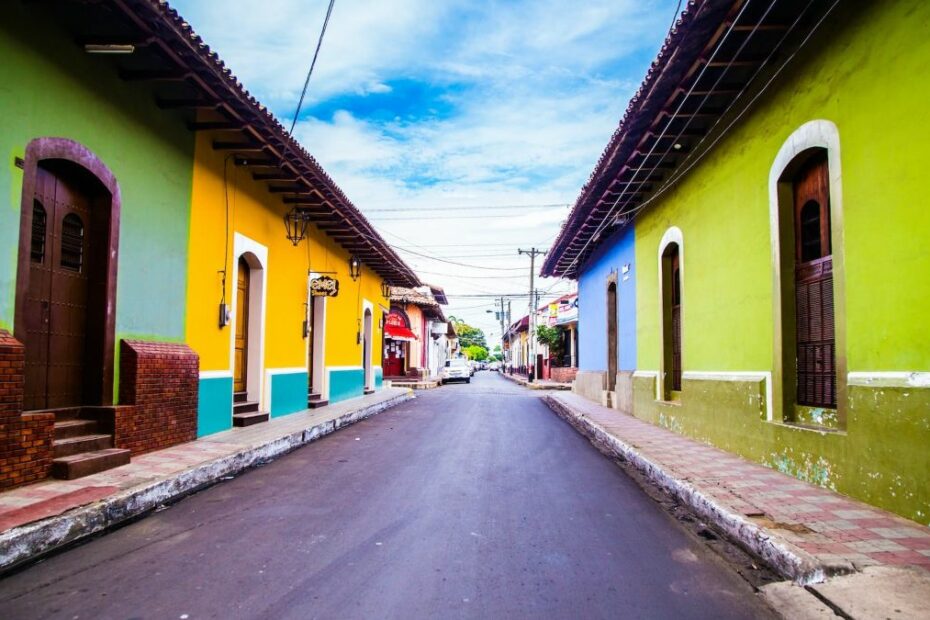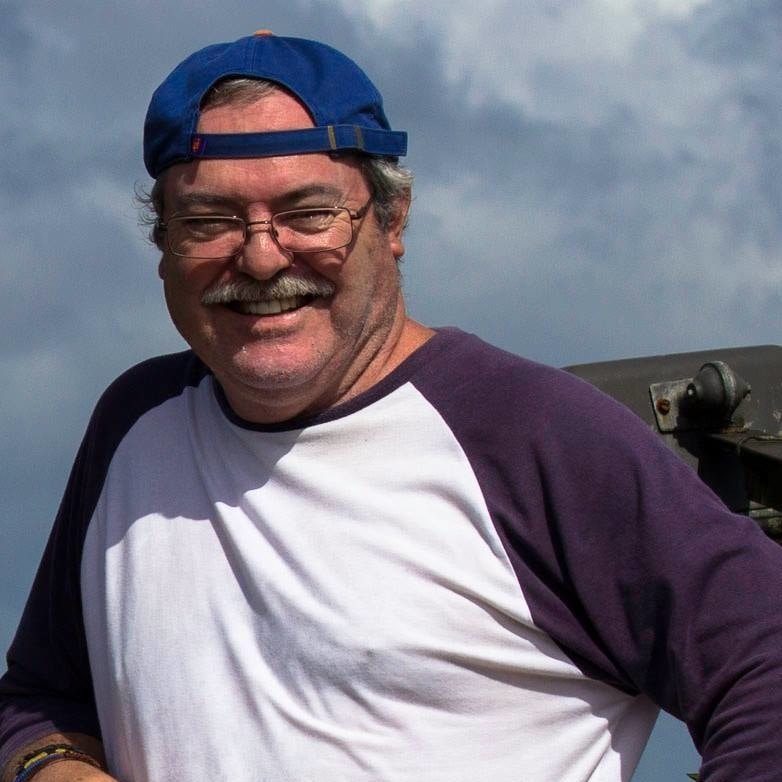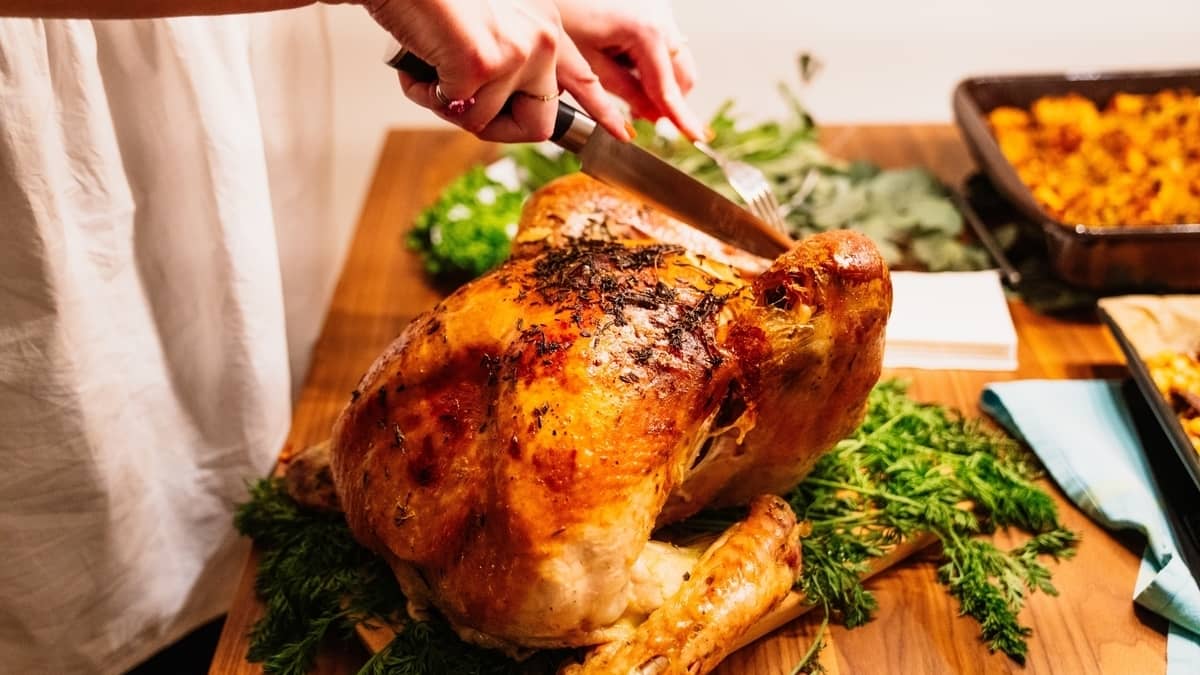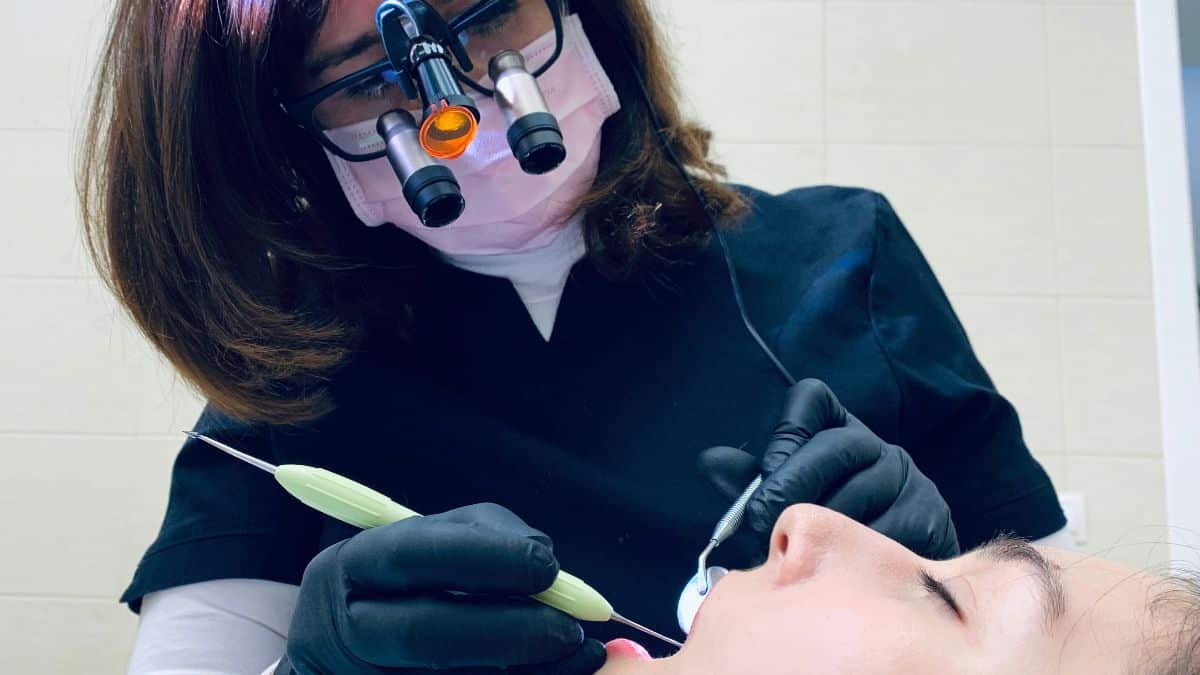Discover the charms of the colonial city of Leon, Nicaragua. From stone-paved streets and historic landmarks to mouthwatering food and lively baseball games, this ode paints a vivid picture of life in one of Nicaragua’s most beloved cities.This article contains affiliate links, where we make a small commission if you purchase anything after clicking, at no extra cost to you.
A horse pulling an empty dray clip-clops on paving stones as it passes the old Pulperia La Tacha in San Felipe, on the north side of Leon, Nicaragua.
I live about 50 meters north of what was once the biggest little corner store in San Felipe, an old neighborhood of colonial homes, dirt-floor abodes, and the well-furnished homes of Leon’s middle classes. The corner store is now a ruin of cracked, exposed adobe walls lurking behind stucco painted with faded advertising from long ago. The old wall tumbles into a pile of brown, dusty rubble.
The church in San Felipe dates back to 1685, a hulking grey lady overlooking a quiet park a few blocks from La Tacha. The street running past La Tacha is Avenida Central, though no one calls it that. It bisects my neighborhood and runs north from the cathedral, a UNESCO World Heritage Site.
San Felipe is old, much like Leon itself. This stone-paved street is old too. Some say over 400 years old, built when the Spanish moved the city to its present location in 1610. In San Felipe, there are no high-rises, no stoplights, no traffic, and no late-night places. Just quiet, dusty, stone streets and old colonial houses with textured adobe walls and tiled rooftops.
View this post on Instagram
After a day of unrelenting heat, Leon comes to life in the cooler hours of the early evening
Families, friends, lovers, neighbors, and visitors come out of their homes to take the air and sit on rocking chairs. They gossip, watch their kids and grandkids, play the national card game of desmoche, or joke in the dusk breeze.
Food abounds in the form of fritangas: meats and chicken grilled and served with plantains and gallo pinto. When smoke chokes the streets and sidewalks, you know it’s dinnertime. A fritanga dinner costs less than $5 and provides a filling meal.
The sounds of San Felipe are like any other neighborhood in Leon or any other city in Nicaragua. Besides the horses making their way back to the Mercado la Estación, a tortilla vendor plies his trade. “Tortillas, tortillas!” he cries as he rides his bike down Avenida Central.
Elsewhere, dogs bark, the sound of a bat on ball cracks in the air, a fruit seller chants her selection: mangos, papayas, bananas, granadilla. Sometimes you hear “cocteles, cocteles!” announcing the ceviche seller who arrives with small styrofoam cups of delicious chilled shrimp and fish.
View this post on Instagram
A city of poets and the final resting place of national hero Rubén Darío, Leon is the intellectual heart of Nicaragua
A bastion of liberalism for years, it was here that the first sparks of the Sandinista revolution flew in 1979. Leoneses are proud of their history. They are warm and friendly with a tendency towards quirkiness.
I moved to the San Felipe neighborhood because the proximity of two important landmarks attracted me: Parque Central to the south, the cultural heart of the city, and the Heroes and Martyrs stadium to the north.
Parque Central sits in front of the cathedral. It hosts events on weekends with dancing, concerts, opera, theater, and beauty pageants. The Heroes and Martyrs stadium is where the local heroes, the Leones de Leon, take to the diamond in the professional baseball league.
View this post on Instagram
Baseball is the national sport of Nicaragua, and games resemble religious experiences mixed with fervor, love, frustration, hot dogs, and cold beers
A victory ignites street parties around the stadium and the city. Children run about laughing while their parents sip cans of Toña, smoke wafts from food vendors, and bike taxis queue up to take people home. And always, there are fireworks.
Fireworks are a nightly occurrence in León, puncturing the night and sometimes even the dawn, always celebrating something or someone. Bottle rockets, firecrackers, and bombazos thunder and crackle, honoring a saint, poet, holiday, team victory, or hero.
San Felipe, my neighborhood, has much to offer to make you feel good: quaint horses, an old church, and smells of food. When neighbors see my camera, they yell “foto, foto, foto!”
My portfolio is filled with pictures of ancient avenues, smoke-filled streets, kids playing baseball in the park, poets, singers, smiles, and waves. But it’s the sound of the fireworks that reminds me that I’m home in Leon, Nicaragua.
David Flynn is a cultural photographer from Austin, Texas with degrees in Latin American studies and journalism. His work can be discovered on both his Flynn’s Fotos site and his Instagram page, @the_cultural_photographer.




